
Universal Design (UD) is the design of an environment so that it can be accessed and used by all people regardless of their age, size and ability. It’s mostly common sense, but sometimes common sense isn’t that common. It should be a requirement of the building code, as costs to implement UD are mostly minimal.
UD is often misunderstood as only being for people with disabilities, but disability is part of the human condition. UD aims to make products and environments accessible and usable by everyone, regardless of age, ability, or status in life. The focus should be on creating intuitive, flexible, simple designs, minimising physical effort, and accommodating all users through perceptible information presentation. UD emphasises error tolerance and adequate space for approach and use, ensuring safety and comfort for all.
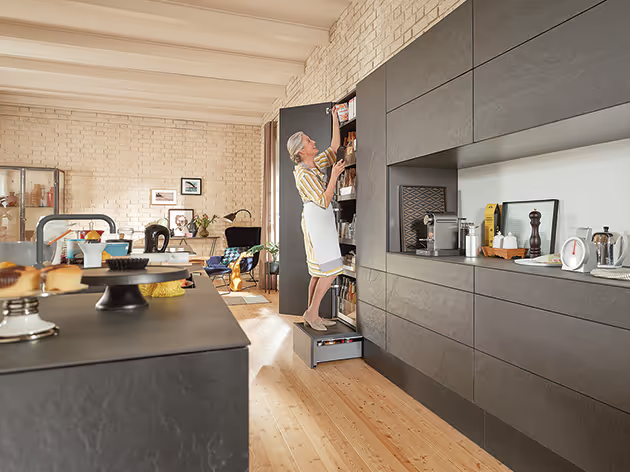
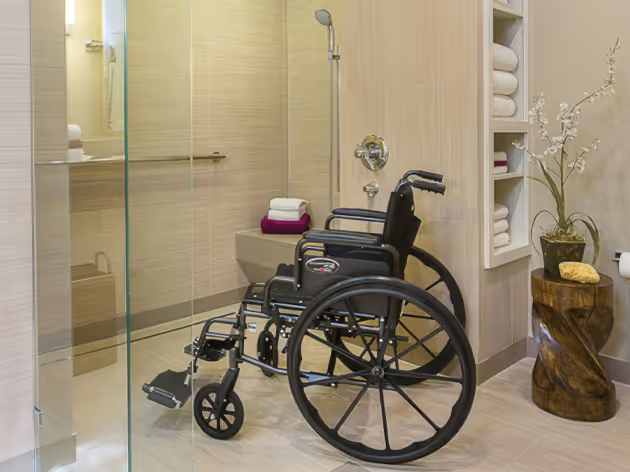


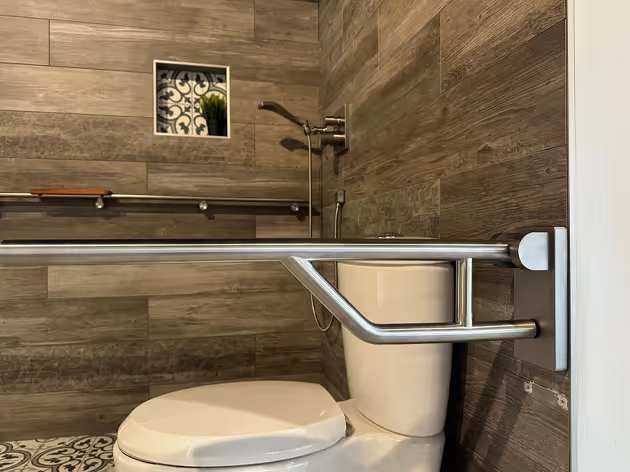

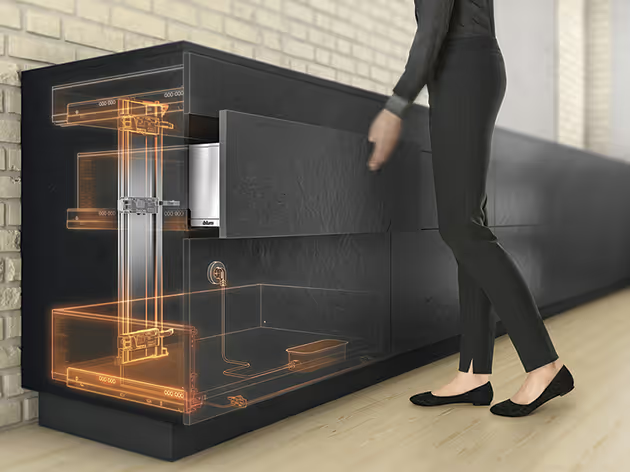
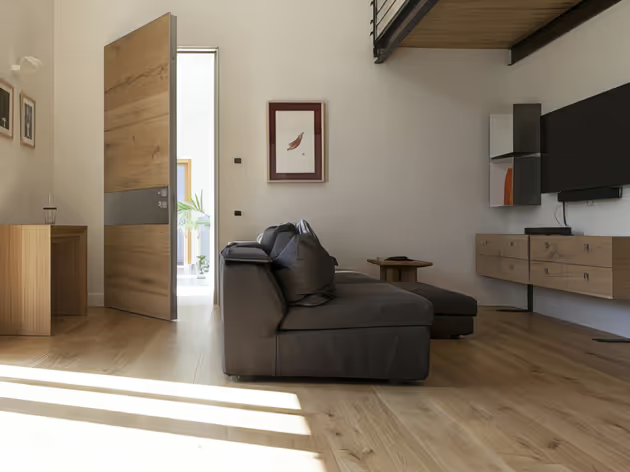
Universal Design Key Areas for Residential Buildings
ACCESS & PATHWAYS:
The ability to enter the house easily and safely, and covers parking, ramps, slip resistance and entrances. Wider parking and pathways allow for additional space to aid with mobility and easy manoeuvrability. To enable people to safely enter the dwelling, all accessways should be slip resistant and have a smooth, gradual slope with no trip hazards. To maximise safety and also accommodating a wheelchair, the main entrance needs to have a level threshold with a height difference of no more than 20mm. It is also good to have a sheltered entrance.
Accessways should have:
• Wide, smooth access that is easily accessible with gradual slopes.
• At least one easily accessible parking space or temporary parking space with no hazards.
• Have clear access points with enough space to manoeuvre.
• At least one entry point that does not require steps (or can be easily adapted to not require stairs). Ideally, this should include all outdoor areas such as decks and patios.
• A dwelling entrance/entry door with a maximum threshold of 20mm.
• An entry door with a minimum clear opening width of 810mm (860mm door leaf).
• Ideally, an alternative entry/exit with a maximum threshold of 20mm in case of emergencies.
• Internal and external landing areas that are slip resistant with a coefficient rating of at least 0.4 as per NZBC D1 Table 2.
• Sufficient lighting, or ideally sensor lighting.
MOVING AROUND THE HOME:
How to easily it is to move throughout the home when movement is limited or requires a wheelchair and covers widths of doors and hallways, clear space to doorways and fixtures, and manoeuvrability.
If movement is limited or requires assistance like a wheelchair / walker etc, clear unimpeded wider access areas is essential. Also consider that having wider hallways, doorways, clear space into areas also improves usability for everyone and creates the illusion of spaciousness. Can you move freely or carry items without scraping the walls? Are you able to move furniture from room to room or without damage? It is very simple to allow for wider passages and doorways when designing a new home, with very minimal additional cost. Whereas retrofitting wider passages into an existing home would be much more expensive and even force someone to move house. Another consideration is allowing for some clear space on the handle side of a door so that a wheelchair user can reach the door handle. It is generally easily to allow this 300mm of space in the design stage and without it some occupants would not be able to get close enough to reach the door handle. Clear opening width for doorways and clear space to the handle side of doors.
BATHROOMS:
The ability to easily and safely navigate bathroom functions and covers future-proofing, slip resistance, clear space and fixture design.
While accessibility is a major consideration for a universal design approach for bathrooms, general safety is also a significant issue that must be addressed. Between 2015 and 2017 there were 64,017 ACC claims from accidents in showers and toilets (costing New Zealanders $141,955,005.00 + GST).
The risk of injury can be greatly reduced by installing slip resistant flooring and having a completely flush flooring system to eliminate trip hazards. At least one accessible bathroom should be located on the ground floor or entrance level so that this can be accessed without stairs. There are a number of good dimensions to work with when designing accessible bathrooms. Refer to NZS4121 for toilet position and height and other minimum dimensions. During construction it is important to include sold fixings in the walls where grab rails or shower seats could be positioned in future so that these can be easily installed when required. Consider taps and hardware that are easy as those with limited hand movement or arthritis may have difficulty with some types. Lever action, push button or electric fixtures are good options.
Bathrooms should have:
• At least one accessible bathroom located on the ground floor or entrance level.
• Clear space that allows for a 1500mm turning circle.
• Solid fixings in the walls to allow for easy installation of grab rails or shower seats in the future.
• Minimum dimensions as per NZS4121 for shower size, and the position and heights of toilets and basins.
• Level threshold shower, or sufficient space to adapt the shower area as required.
• Slip resistant flooring with a coefficient rating of at least 0.4 as per NZBC D1 Table 2.
• Easy to use taps and hardware.
KITCHENS & LAUNDRIES:
How to access storage and safety operate appliances and covers joinery and storage design, clear space, handle types and heights.
A key thing to consider especially with kitchen design is that a badly designed kitchen WILL BE REPLACED. If a kitchen does not work there will be renovations sooner rather than later resulting in landfill, wasted resources, expense and hassle. Design for a diverse client, not just a 6" (1.8m) user who is atypical. Most kitchens are designed with a tall person in mind. Most people who use the kitchen are not. Consider incorporating different heights of benches or moveable systems to cater for all. By focusing on clever storage solutions below the bench you can save on wasted storage and cost. A kitchen must be safely usable for an adult and a child. Consider pull-out drawers and shelves to save space and allow for people in a wheelchair to use and access more of the kitchen. Appliances should also be located 300mm from internal corners of benches for someone in a wheelchair to easily access.
Having a stovetop that is flush with the benchtop can greatly reduce accidents when moving hot objects. Also consider the sound of appliances in the design. How quiet is the rangehood and the dishwasher? In open plan, is the kitchen noise going to interfere with other areas? There are also innovative appliance options such as side opening ovens. They are safer, easier to access for everyone, if you have a stacked system, they are easier to use. Also, for those requiring a safer solution, a side opening oven means you are not using your back as a lever and in tight areas with a door off to the side means no trip hazards. They also have less user height restrictions as you are not reaching over a door, as the door is to the side.
Laundries need to be user friendly spaces too. Washing machine and clothes dryers should be located 300mm from internal corners of benches easy wheelchair access. In terms of storage requirements, shallow shelves/cupboards are easier to access, although deep storage is still required to store larger items, eg vacuum cleaners, ironing boards, etc. Laundries should have a floor drain in case the washing machine clogs up or breaks down or just to deal with excess water. Having a plinth for a front-loading washing machine makes for easy access to the door. Both the kitchen and laundry should have a good task lighting above the work surface. And it’s important to have slip resistant flooring.
Kitchens and laundries should have:
• A good amount of the storage below the bench top to be accessed by users of all heights, ideally the majority.
• An area of clear space that allows for a 1500mm turning circle, or at least 1200mm (plinth height 250mm) to 1500mm in front of any appliances.
• Locate appliances at least 300mm from internal corners of benches.
• A stovetop that is flush with the benchtop and has easy to access and use controls.
• A stovetop and sink on the same run of bench space.
• A floor drain in the laundry in case of flooding (washing machine) and for cleaning.
• A plinth for front-loader washing machines (and clothes dryers if they are side by side) for easy access to the door without bending over.
• Slip resistant flooring with a coefficient rating of at least 0.4 as per NZBC D1 Table 2.
BEDROOMS:
Ease of bed-making, manoeuvrability, and storage in addition to the location of bedrooms.
It is important to allow for at least one bedroom space on the ground or entrance level or a multi-function space that could be converted to a bedroom when required. Adequate space should also be allowed for around the bed to aid with bed making and access. Furniture that includes knee space can also provide more flexibility in terms of circulation space should a wheelchair be required. The location and design of any wardrobes should also be considered so that there is sufficient space to access these. Alternatively, a walk-in wardrobe could be provided. Other considerations: Locating the bed within the room to provide a view out of the window would be beneficial for people who may be bedridden.
• At least one bedroom should be located on the ground level and close or, ideally, adjacent to an accessible bathroom.
• Allow for 1100mm of clear space either side of the bed for bed-making and 900mm all around to accommodate a wheelchair.
• Allow for 800 mm of clear space either or both sides and at the end of the bed for easy access.
• Allow for a 1500mm minimum turning circle within the room for manoeuvring a wheelchair.
• Consider the location of any wardrobes so that there is sufficient space to access these. A walk-in wardrobe can also be handy (with minimum clear space of 1200mm x 1500mm).
FITTINGS & HARDWARE
Heights and design of electrical fittings, lighting design and hardware types.
All switches and power points etc should be at a uniform height. Door handles should be at the same height as the switches throughout the building for intuitive usage. Powers sockets should be higher than standard and easy to reach. Also consider the heights of windows and window hardware so that people of all abilities can easily operate them. Colour contrast is an important feature that is often forgotten. 8% of males are colour blind and for others, as we age our ability to differentiate similar tones decreases. For example, having a black tap against a black tile can be hard to see. White on white or uniform colours are also hard to see for many people thus creating safety hazards.
• Hinged doors should have lever action handles.
• Position door handles between 900mm and 1200mm above finished floor level.
• Sliding doors should have easy to use hardware for those with restricted had movement.
• Easy to use taps and hardware for kitchens and bathrooms. Lever action, push button or electric fixtures are good options.
• Position light switches between 900mm and 1200mm above finished floor level, ideally aligned with the door handle height.
• Position power points between 300mm and 500mm, 400mm minimum preferred, above finished floor level (up to 1200mm e.g. in bathrooms), and at least 500mm from internal corners.
VIDEO | UNIVERSAL DESIGN
WEBSITES | BACKGROUND
